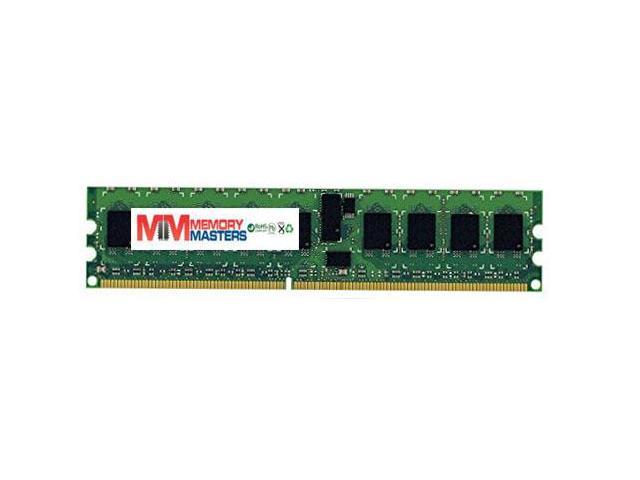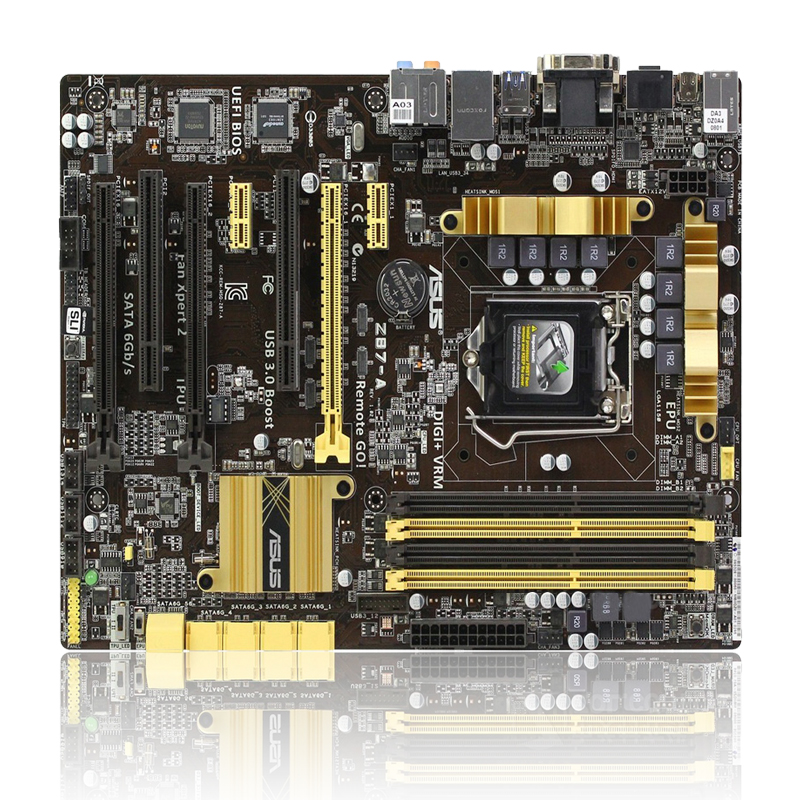
The standard limited license, however, does not cover damages stemming from: For HP printheads, the coverage extends until the warranty period ends, or until the usage limit is reached, whichever happens first.In HP printers, when it comes to ink cartridges, the warranty coverage extends until the HP ink is depleted, or until the warranty period ends, whichever occurs first.For a notebook, the battery is covered against failure during the warranty period.

#HP SERIAL NUMBER CHECK RAM MEMORY FULL#
Download the full script below, and run it in a form of: ram.As a consumer, when you are thinking about purchasing a new laptop, desktop or a new printer for your home or office, one of the first brands that you think of is HP. Get-WmiObject Win32_PhysicalMemory -computername C-20141222B | Out-GridView Putting everything togetherĪnd of course, it’s nice if we can put all codes together in a PowerShell format so we can easily run it to get all information at once whether from a local or remote computer. Piping out to Out-GridView is probably the easiest way to get a clear view of what type of RAM you have installed on your computer. You just need to call them up and format them properly. The win32_physicalmemory class has tons of properties that you can use to pull from your computer, such as FormFactor, SerialNumber, Speed, etc. Get-WmiObject Win32_PhysicalMemory -computername C-20141222B | Measure-Object -Property Capacity -Sum


Get-WmiObject Win32_PhysicalMemory | Measure-Object -Property Capacity -SumĪnd again, adding -computername switch in the end if you want to get the info from a remote computer. The following cmdlet reveals this information in a single run. How many memory sticks and a total of RAM installed? For example, Get-WmiObject -class "Win32_PhysicalMemoryArray" -computername C-20141222B To get the info from a remote computer, use -computername switch to the cmdlet. The MemoryDevices column indicates how many memory slots are available on your computer while MaxCapacity tells you how much total of RAM you can install. Get-WmiObject -class "Win32_PhysicalMemoryArray" You can simply run the following cmdlet in PowerShell window to find out.
#HP SERIAL NUMBER CHECK RAM MEMORY HOW TO#
But here I am going to talk about how to use PowerShell, the built-in script tool that comes with Windows, to extract the same info from your local and remote computers. You can get information about the RAM installed on your computer through some built-in System Info tools or various 3rd party systems inventory utilities such as CPU-Z, or AIDA32.


 0 kommentar(er)
0 kommentar(er)
